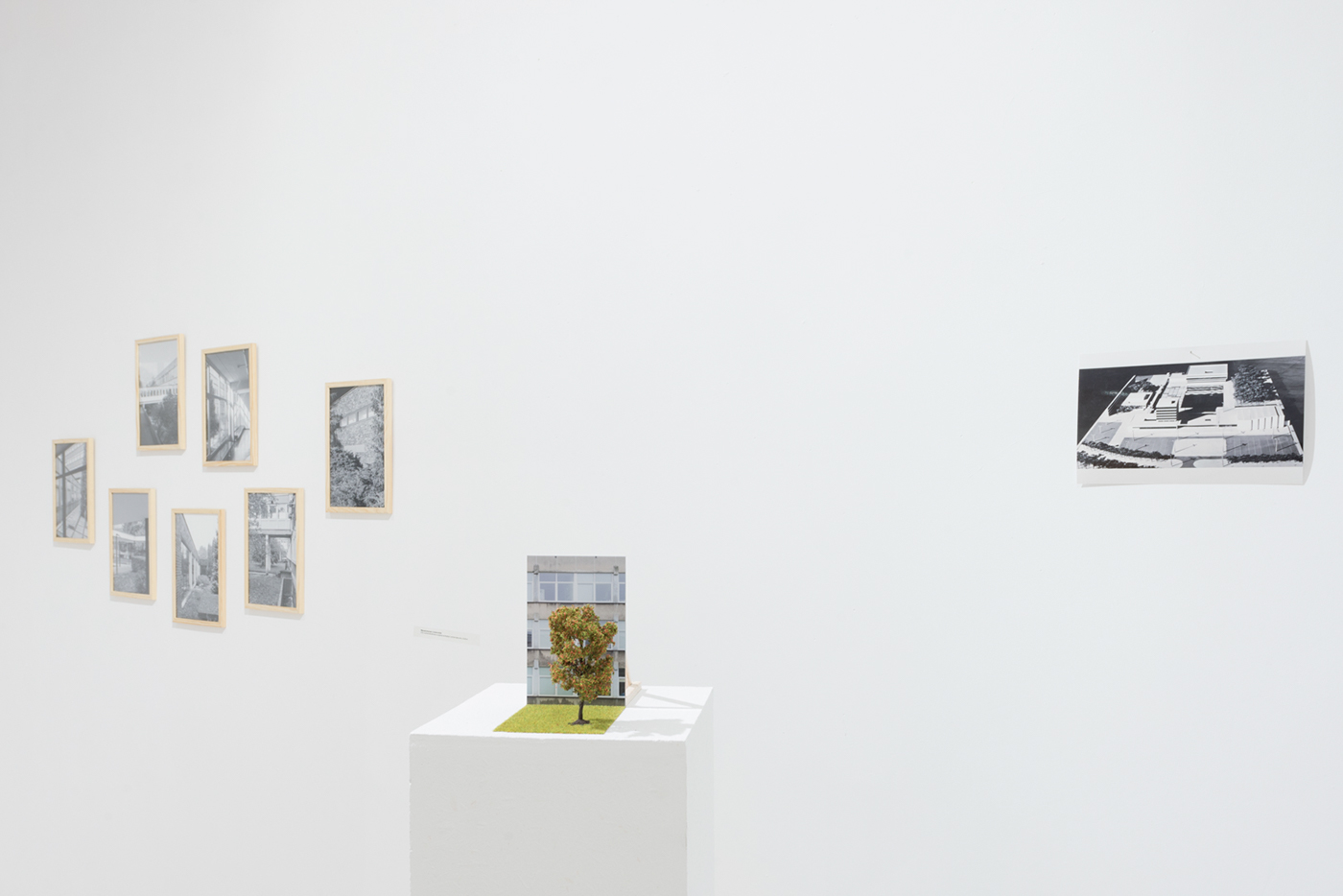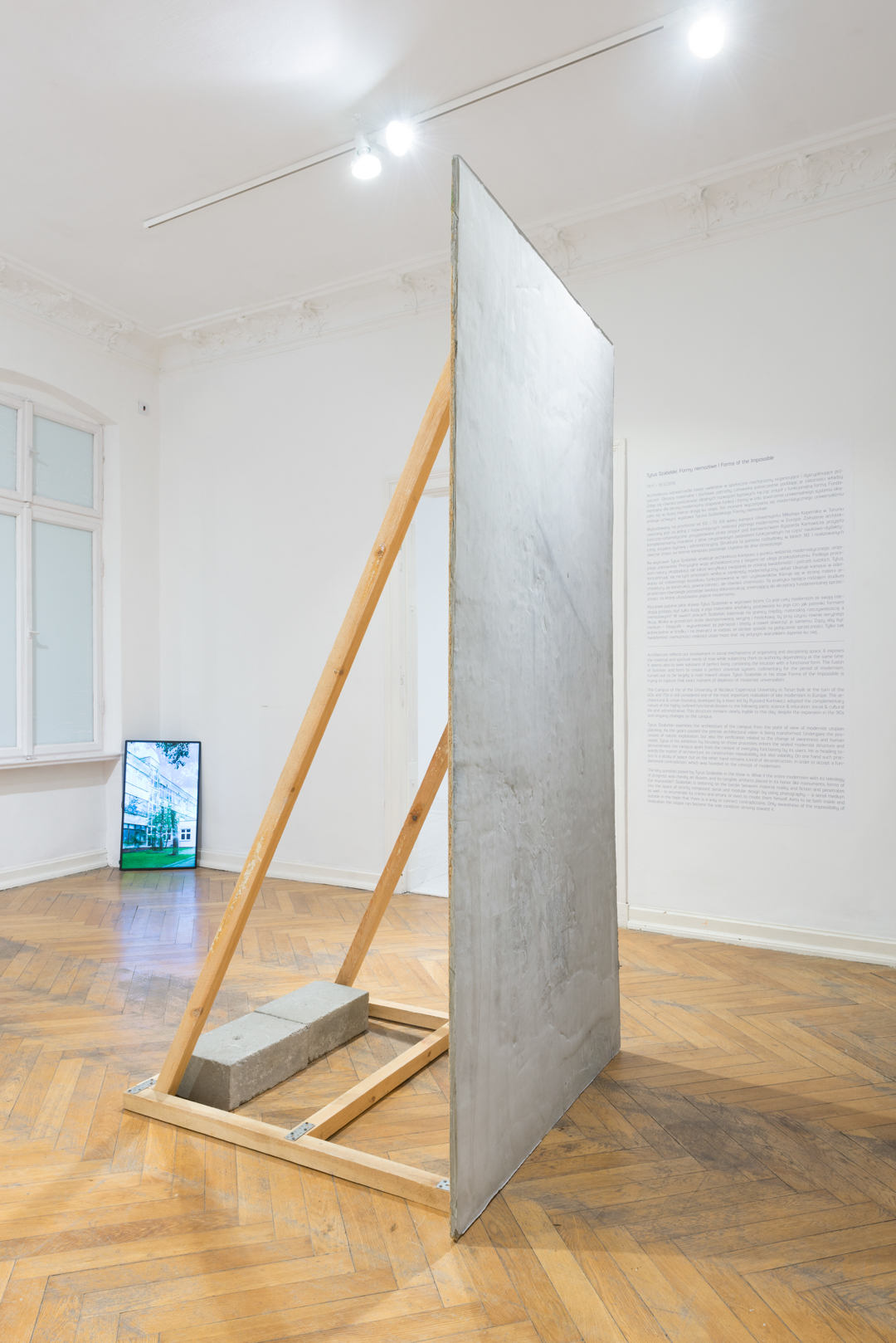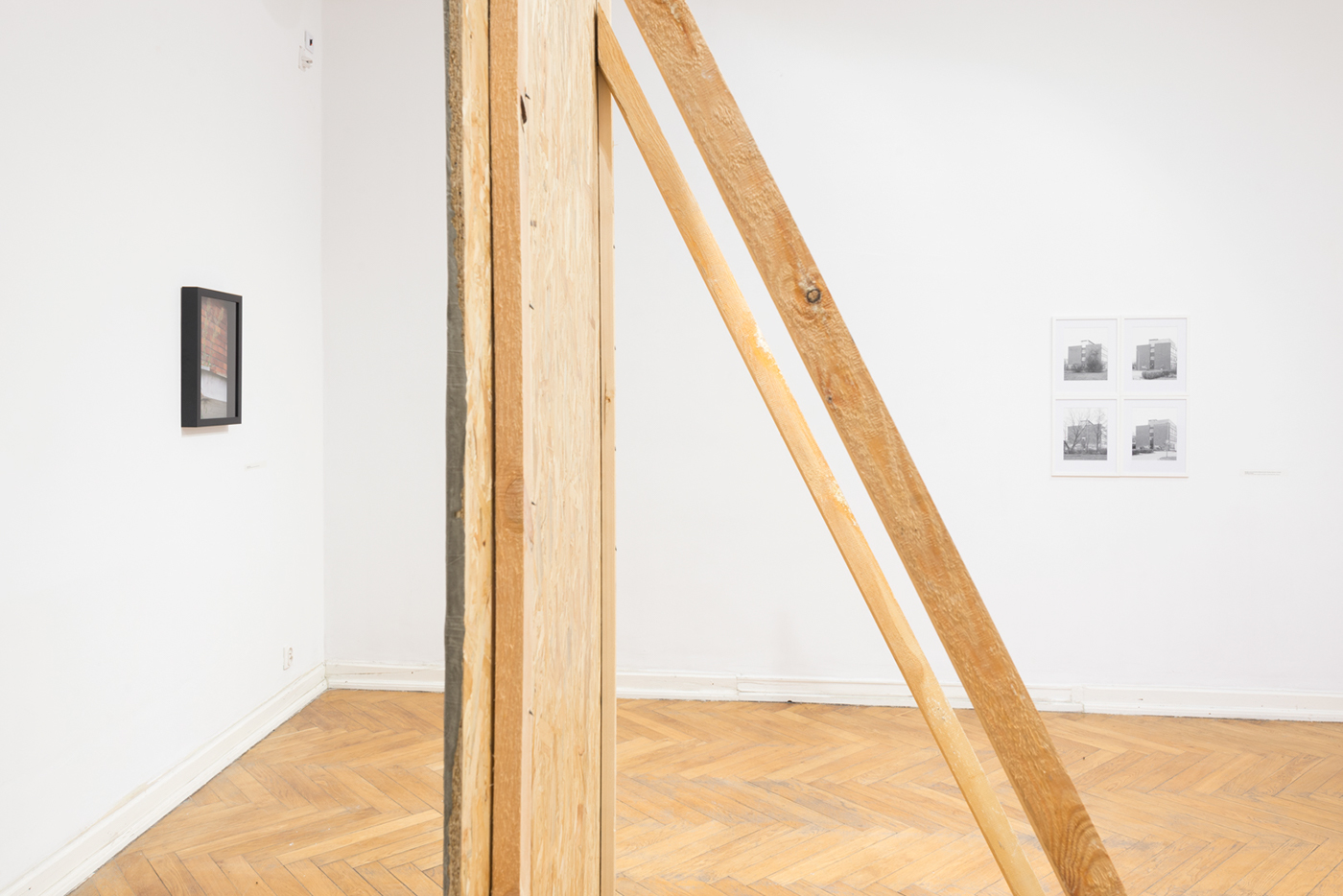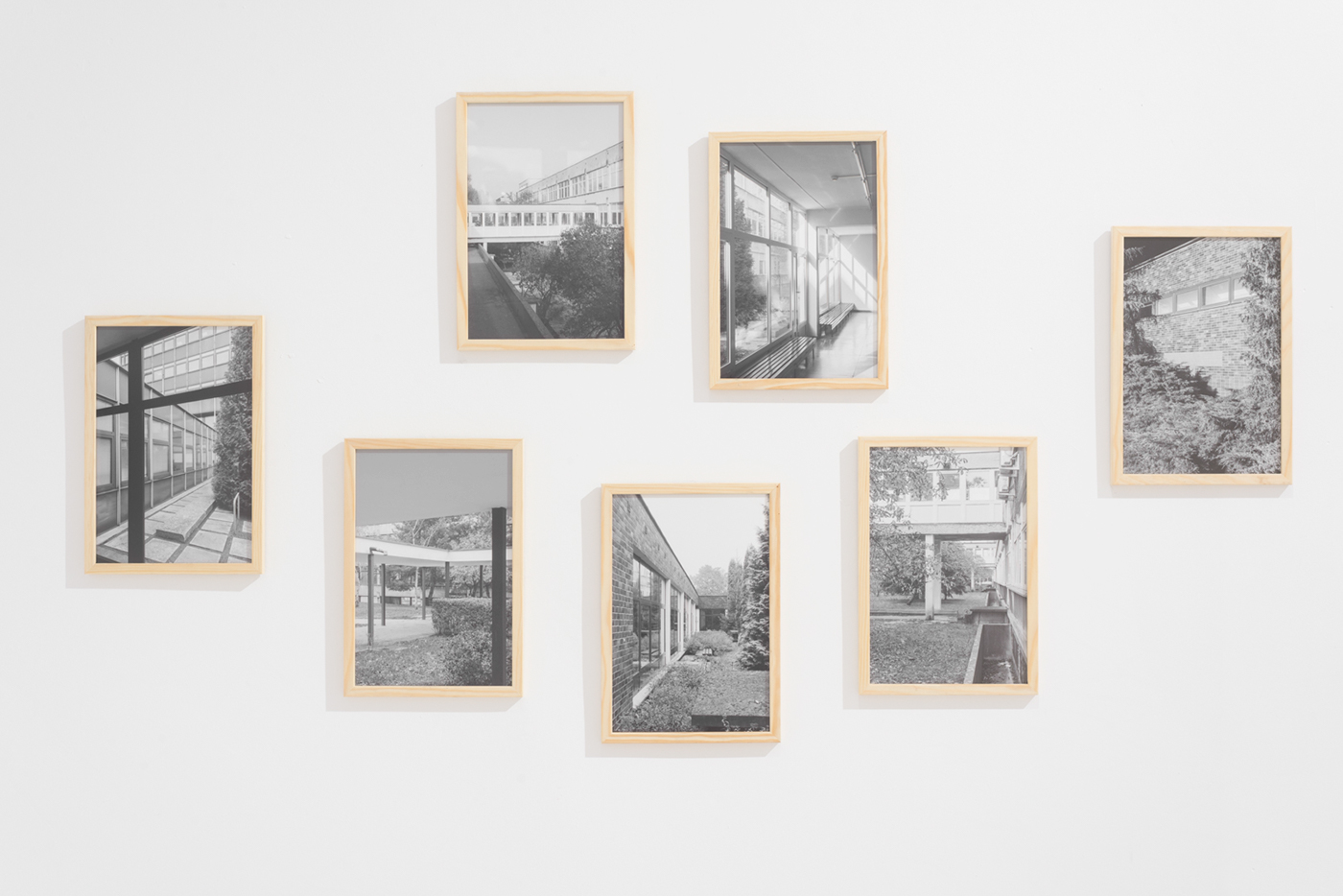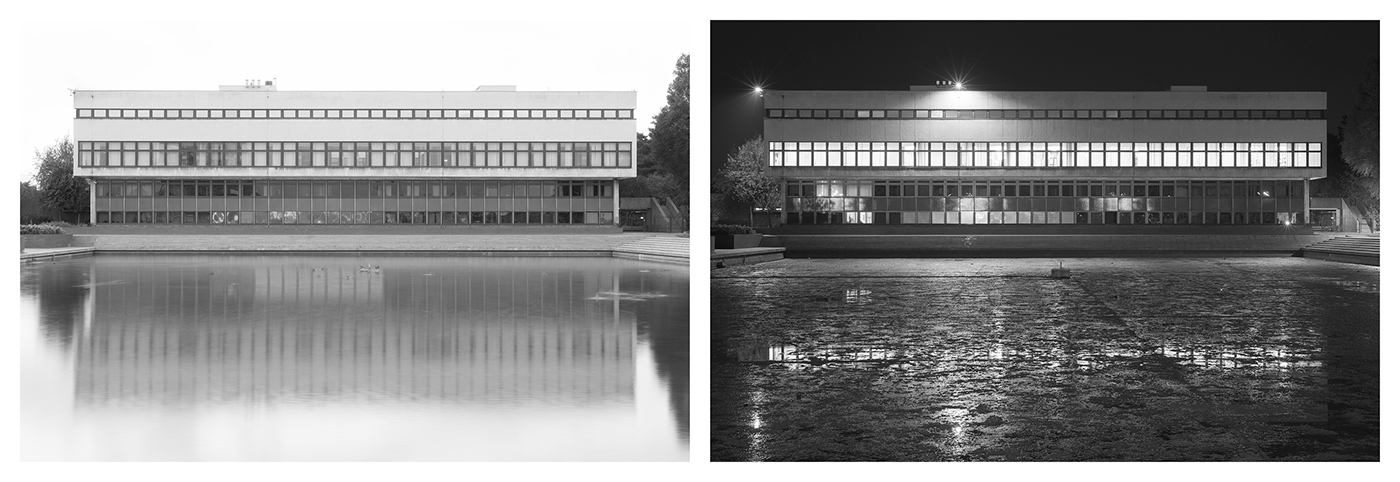
Formy niemożliwe / Forms of the Impossible
PL:
Architektura odzwierciedla nasze uwikłanie w społeczne mechanizmy organizujące i dyscyplinujące przestrzeń. Obnaża materialne i duchowe potrzeby człowieka, jednocześnie poddając je zależności władzy. Zdaje się również poszukiwać idealnych rozwiązań bytowych, łącząc zmysł z funkcjonalną formą. Fundamentalne dla okresu modernizmu stapianie funkcji i formy w celu stworzenia uniwersalnego systemu okazało się w dużej mierze drogą ku utopii. Ten moment wyczerpania się modernistycznego uniwersalizmu próbuje uchwycić wystawa Tytusa Szabelskiego Formy niemożliwe.
Wybudowany na przełomie lat 60. i 70. XX wieku kampus Uniwersytetu Mikołaja Kopernika w Toruniu uważany jest za jedną z najważniejszych realizacji późnego modernizmu w Europie. Założenie architektoniczno-urbanistyczne, przygotowane przez zespół pod kierownictwem Ryszarda Karłowicza, przyjęło komplementarny charakter z silnie zarysowanym podziałem funkcjonalnym na część naukowo-dydaktyczną, socjalno-bytową i administracyjną. Struktura ta, pomimo rozbudowy w latach 90. i realizowanych obecnie zmian na terenie kampusu, pozostaje czytelna do dnia dzisiejszego.
Architektura odzwierciedla nasze uwikłanie w społeczne mechanizmy organizujące i dyscyplinujące przestrzeń. Obnaża materialne i duchowe potrzeby człowieka, jednocześnie poddając je zależności władzy. Zdaje się również poszukiwać idealnych rozwiązań bytowych, łącząc zmysł z funkcjonalną formą. Fundamentalne dla okresu modernizmu stapianie funkcji i formy w celu stworzenia uniwersalnego systemu okazało się w dużej mierze drogą ku utopii. Ten moment wyczerpania się modernistycznego uniwersalizmu próbuje uchwycić wystawa Tytusa Szabelskiego Formy niemożliwe.
Wybudowany na przełomie lat 60. i 70. XX wieku kampus Uniwersytetu Mikołaja Kopernika w Toruniu uważany jest za jedną z najważniejszych realizacji późnego modernizmu w Europie. Założenie architektoniczno-urbanistyczne, przygotowane przez zespół pod kierownictwem Ryszarda Karłowicza, przyjęło komplementarny charakter z silnie zarysowanym podziałem funkcjonalnym na część naukowo-dydaktyczną, socjalno-bytową i administracyjną. Struktura ta, pomimo rozbudowy w latach 90. i realizowanych obecnie zmian na terenie kampusu, pozostaje czytelna do dnia dzisiejszego.
Na wystawie Tytus Szabelski analizuje architekturę kampusu z punktu widzenia modernistycznego, utopijnego planowania. Precyzyjna wizja architektoniczna z biegiem lat ulega przekształceniu. Podlega procesom natury, eksploatacji, ale także weryfikacji związanej ze zmianą świadomości i potrzeb ludzkich. Tytus koncentrując się na tych procesach wnika w ten zamknięty modernistyczny układ. Ukazuje kampus w oderwaniu od codziennego kontekstu funkcjonowania w nim użytkowników. Kieruje się w stronę materii architektury, jej konstrukcji, powtarzalności, ale i zmienność. Ta praktyka jest z jednej strony studium przestrzeni, z drugiej natomiast pozostaje swoistą dekonstrukcją, zmierzającą do akceptacji fundamentalnej sprzeczności, na której ufundowano pojęcie modernizmu.
Kluczowe pytanie jakie stawia Tytus Szabelski w wystawie brzmi: Co jeśli cały modernizm ze swoją teleologią postępu był tylko iluzją, a jego materialne artefakty, postawione ku jego czci jak pomniki, formami niemożliwymi? W swoich pracach Szabelski balansuje na granicy między materialną rzeczywistością a fikcją. Wnika w przestrzeń ściśle skomponowaną, seryjną i modułową, by przy użyciu równie seryjnego medium – fotografii – wypunktować jej pęknięcia i błędy, bądź tworzyć je samemu. Dąży aby być jednocześnie w środku i na zewnątrz w nadziei, że istnieje sposób na połączenie sprzeczności. Tylko tak świadomość niemożności realizacji utopii może stać się jedynym warunkiem dążenia ku niej.
tekst: Piotr Lisowski
kuratorzy: Piotr Lisowski, Natalia Wiśniewska
Wystawa zrealizowana w ramach stypendium Miasta Torunia w dziedzinie kultury; 19.11 – 18.12.2016, Galeria Miłość, Toruń
ENG:
tekst: Piotr Lisowski
kuratorzy: Piotr Lisowski, Natalia Wiśniewska
Wystawa zrealizowana w ramach stypendium Miasta Torunia w dziedzinie kultury; 19.11 – 18.12.2016, Galeria Miłość, Toruń
ENG:
Architecture reflects our involvement in social mechanisms of organizing and disciplining space. It exposes the material and spiritual needs of man while subjecting them to authority dependency at the same time. It seems also to seek solutions of perfect living, combining the intuition with a functional form. The fusion of function and form to create a perfect universal system, rudimentary for the period of modernism, turned out to be largely a road toward utopia. Tytus Szabelski in his show Forms of the Impossible is trying to capture that exact moment of depletion of modernist universalism.
The Campus of the of the University of Nicolaus Copernicus University in Torun built at the turn of the 60s and 70s is still considered one of the most important realization of late modernism in Europe. The architectural & urban founding developed by a team led by Ryszard Karłowicz adopted the complementary nature of the highly outlined functional division to the following parts: science & education, social & cultural life and administrative. This structure remains clearly legible to this day, despite the expansion in the 90s and ongoing changes on the campus.
Tytus Szabelski examines the architecture of the campus from the point of view of modernist utopian planning. As the years passed the precise architectural vision is being transformed. Undergoes the processes of nature, exploitation, but also the verification related to the change of awareness and human needs. Tytus in his exhibition by focusing on those processes enters the sealed modernist structure and demonstrates the campus apart from the context of everyday functioning by its users. He is heading towards the matter of architecture, its construction, repeatability, but also volatility. On one hand such practice is a study of space, but on the other hand remains a kind of deconstruction, in order to accept a fundamental contradiction, which was founded on the concept of modernism.
The key question posed by Tytus Szabelski in the show is: What if the entire modernism with its teleology of progress was merely an illusion, and its tangible artifacts placed in its honor like monuments, forms of the impossible? Szabelski is teetering on the border between material reality and fiction and penetrates into the space of strictly composed, serial and modular design by using photography- a serial medium as well – to enumerate its cracks and errors, or even to create them himself. Aims to be both inside and outside in the hope that there is a way to connect contradictions. Only awareness of the impossibility of realization the utopia can become the sole condition striving toward it.
text: Piotr Lisowski
curators: Piotr Lisowski, Natalia Wiśniewska
Exhibition produced thanks to cultural scholarship of the City of Toruń; 19.11 – 18.12.2016, Miłość Gallery, Toruń, Poland
text: Piotr Lisowski
curators: Piotr Lisowski, Natalia Wiśniewska
Exhibition produced thanks to cultural scholarship of the City of Toruń; 19.11 – 18.12.2016, Miłość Gallery, Toruń, Poland
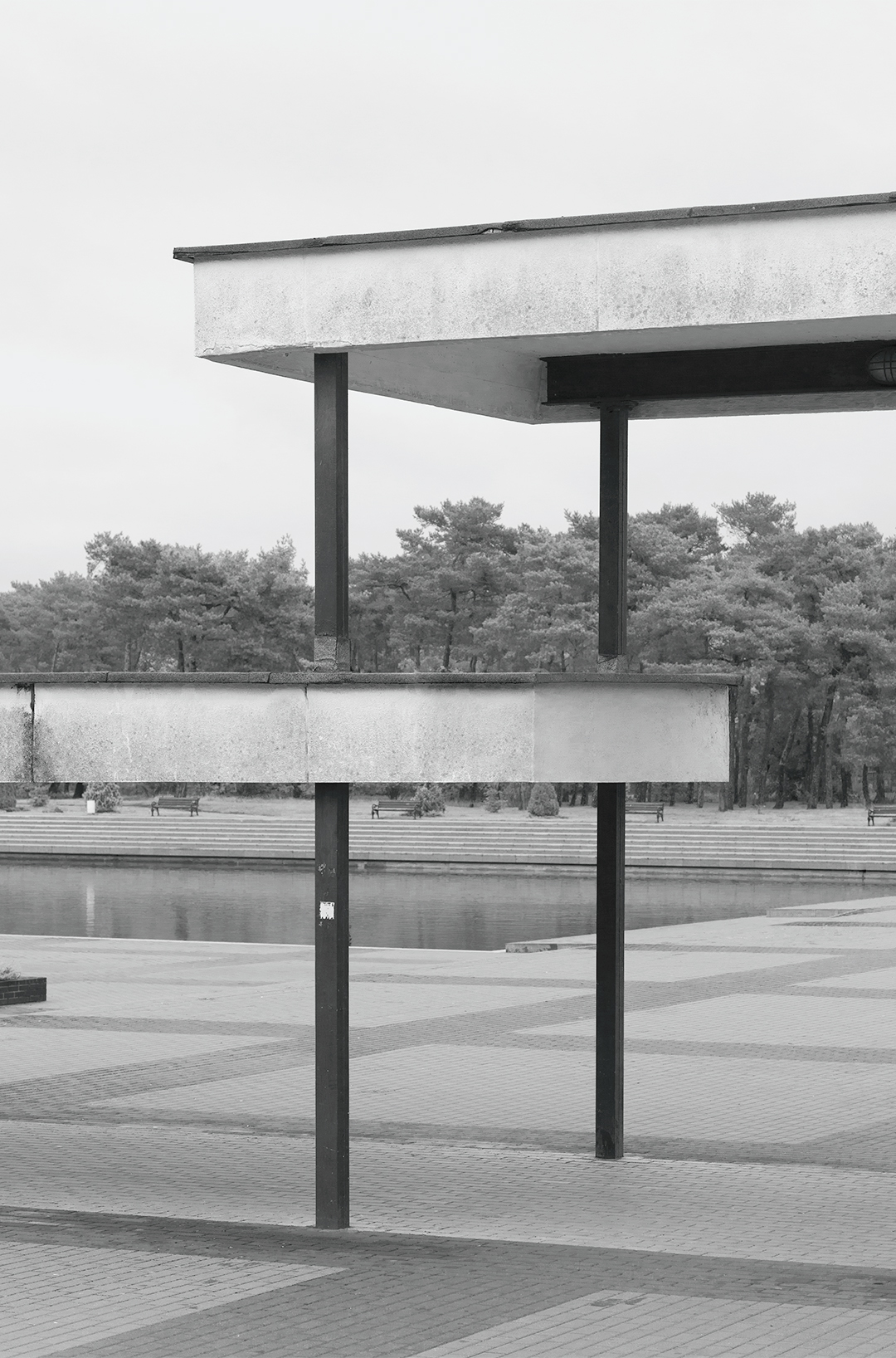


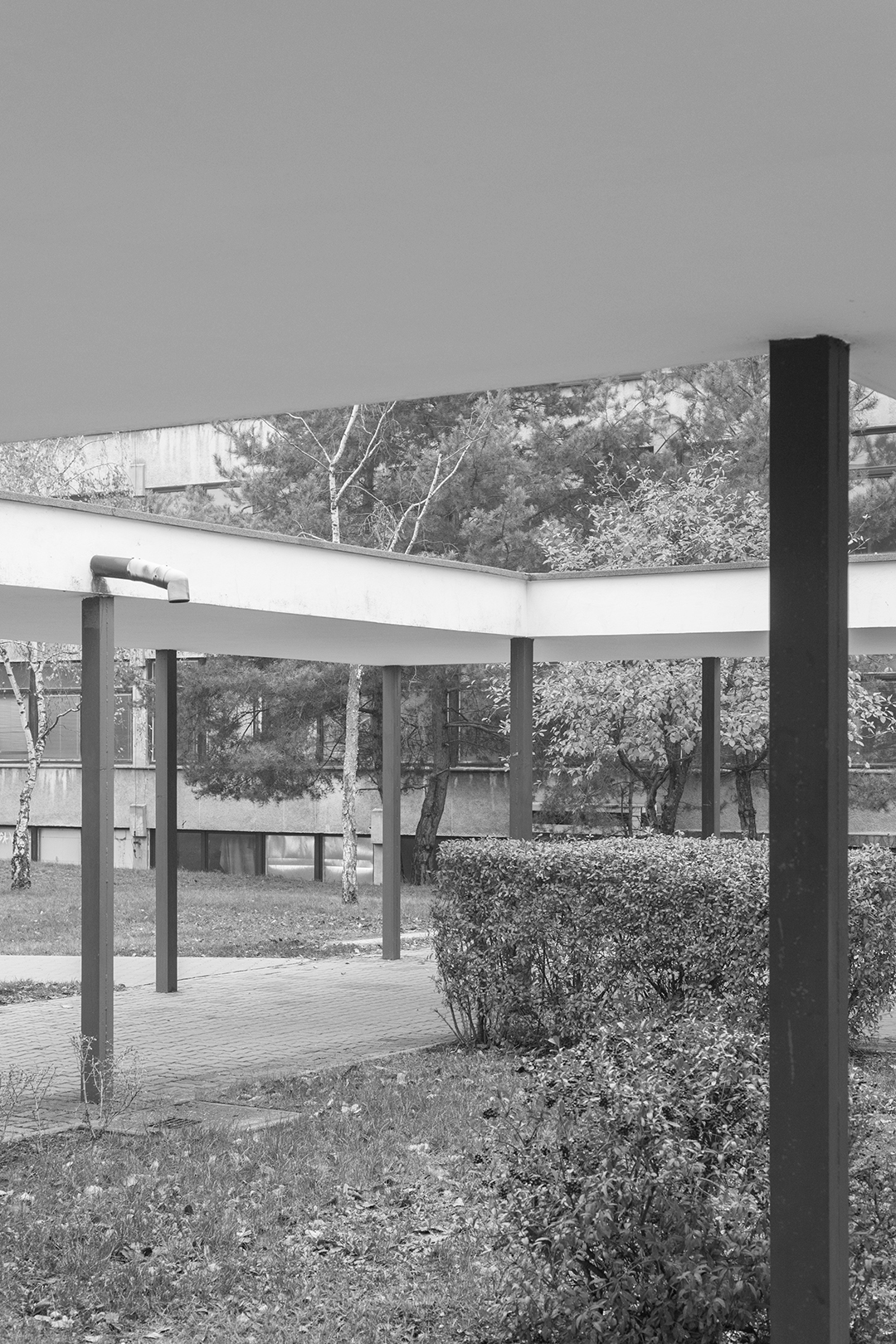




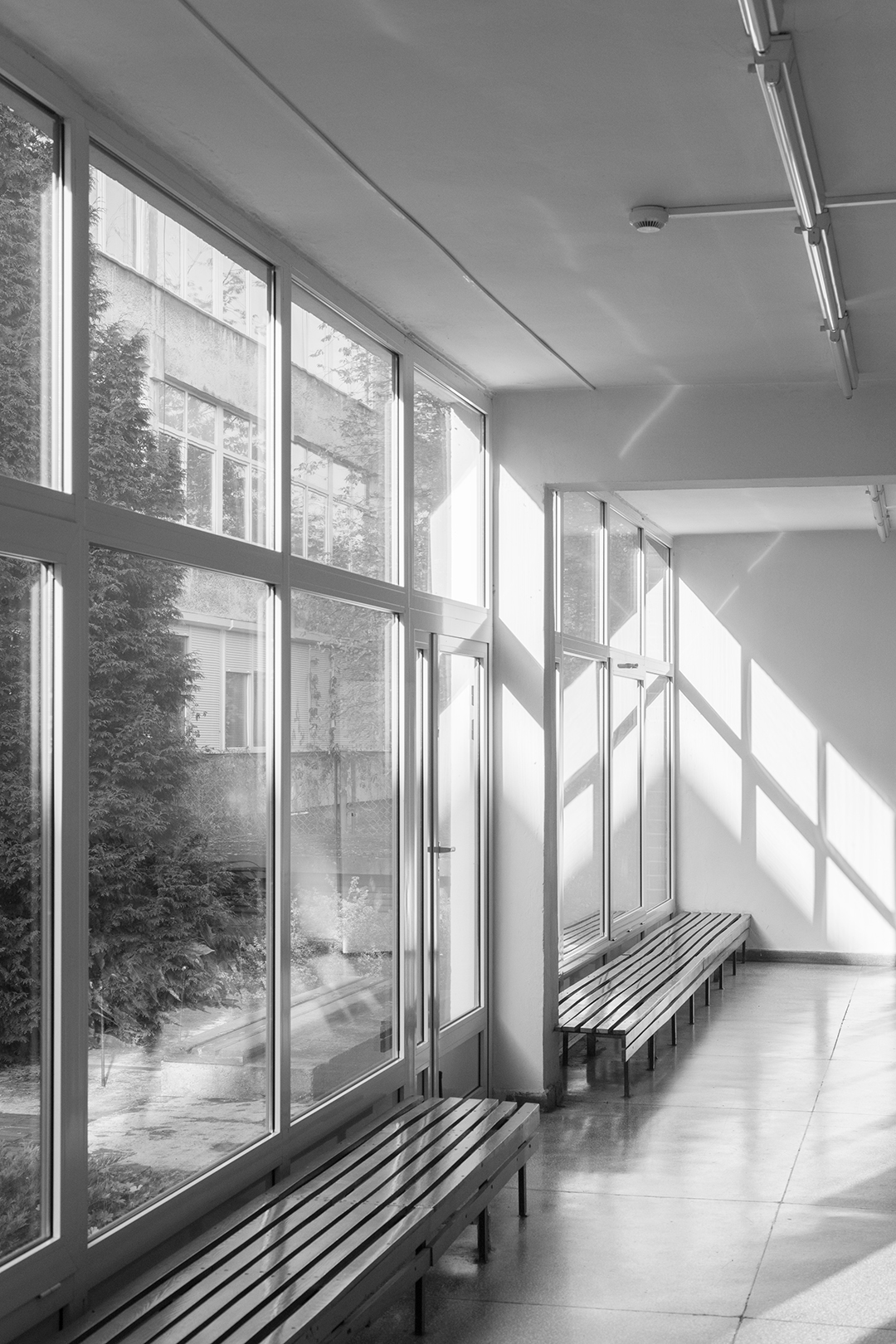
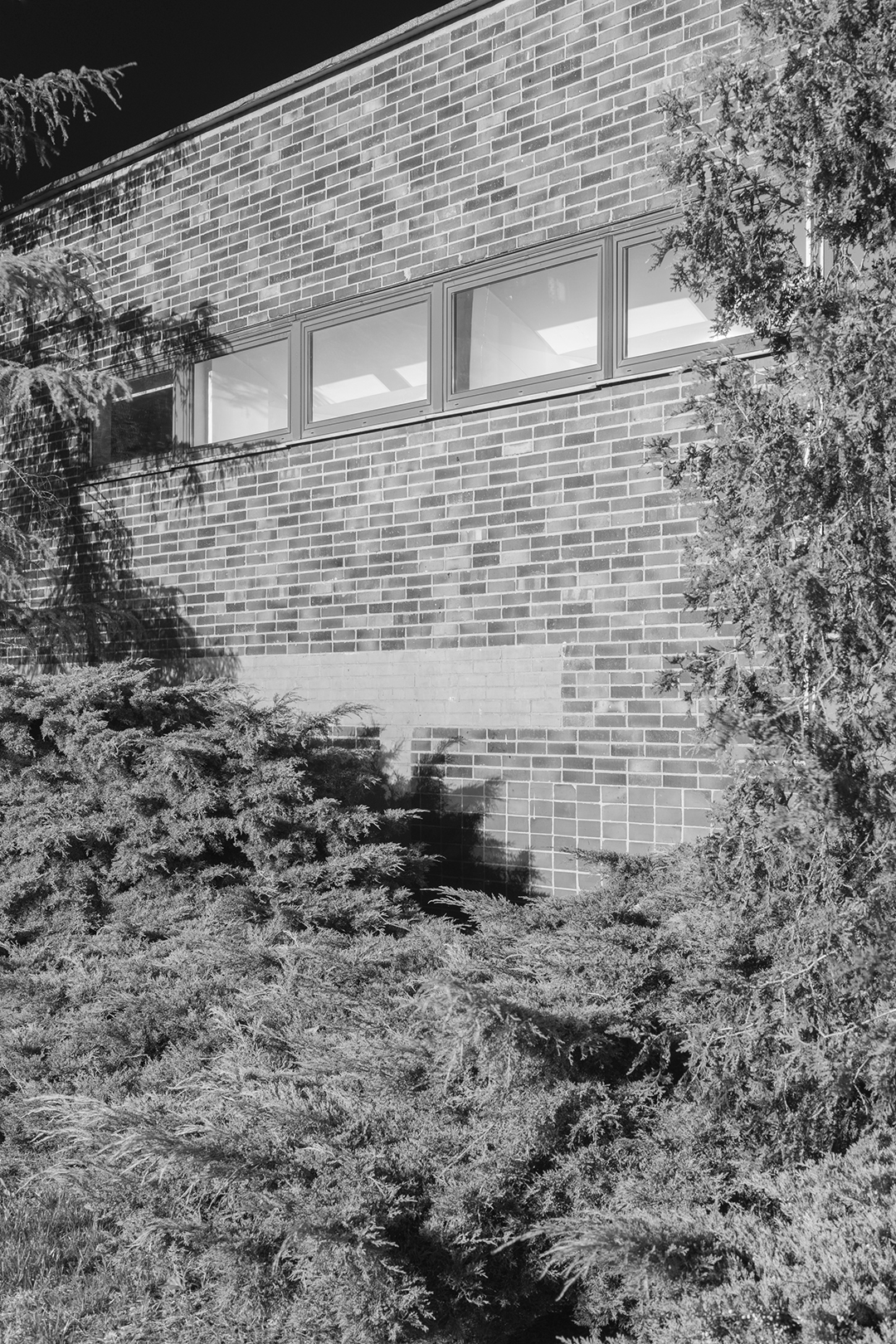
Dokumentacja wystawy / Exhibition documentation:
